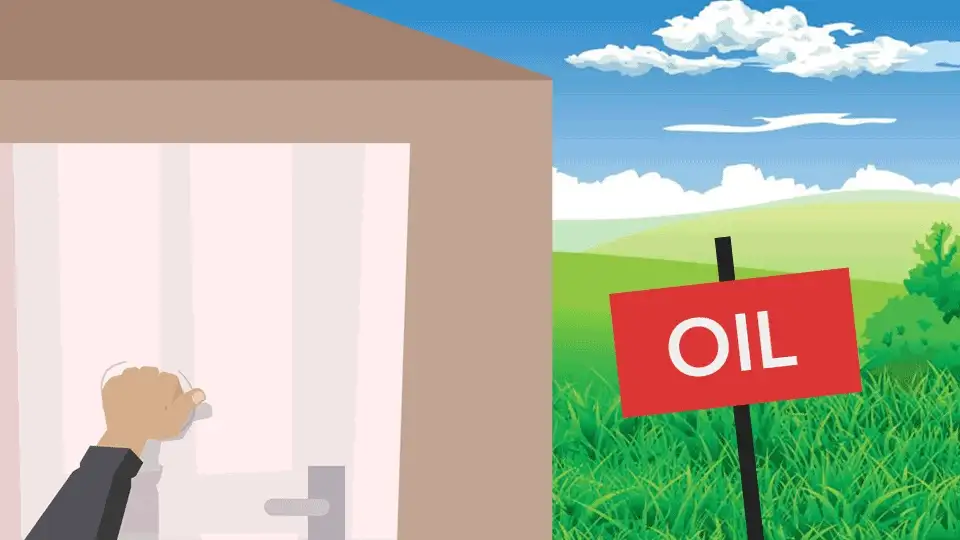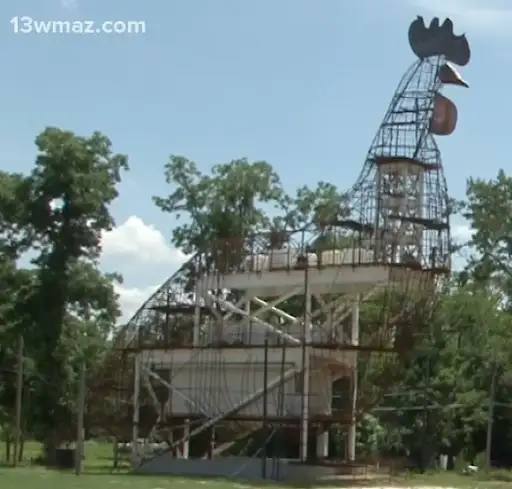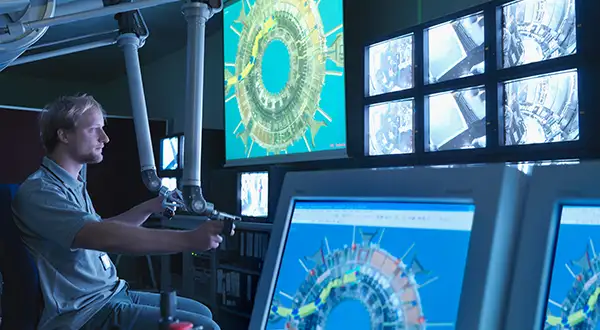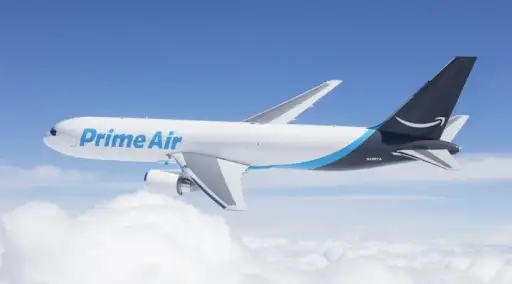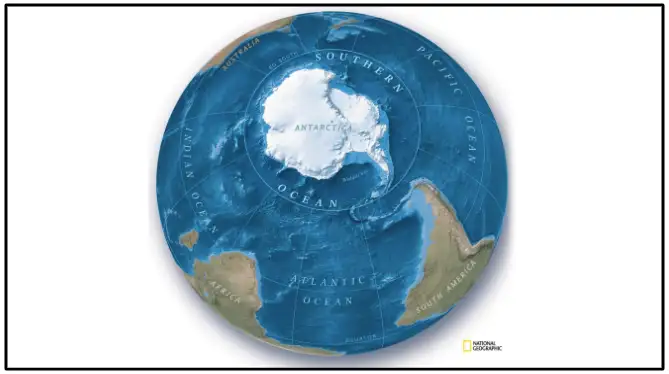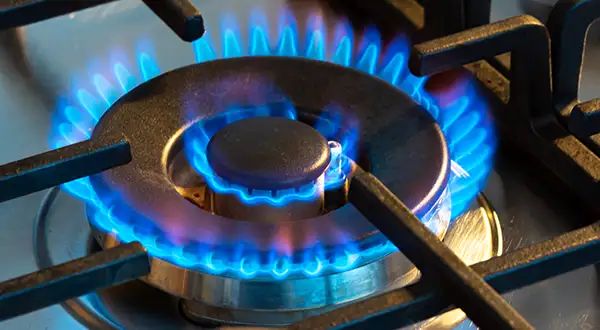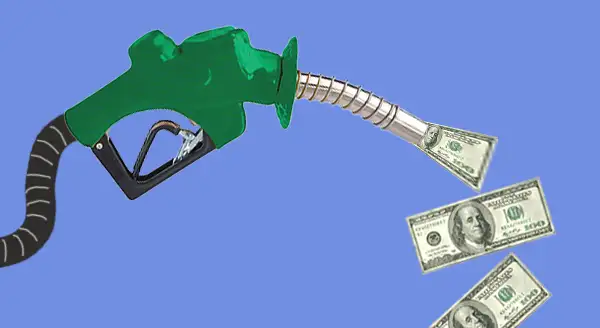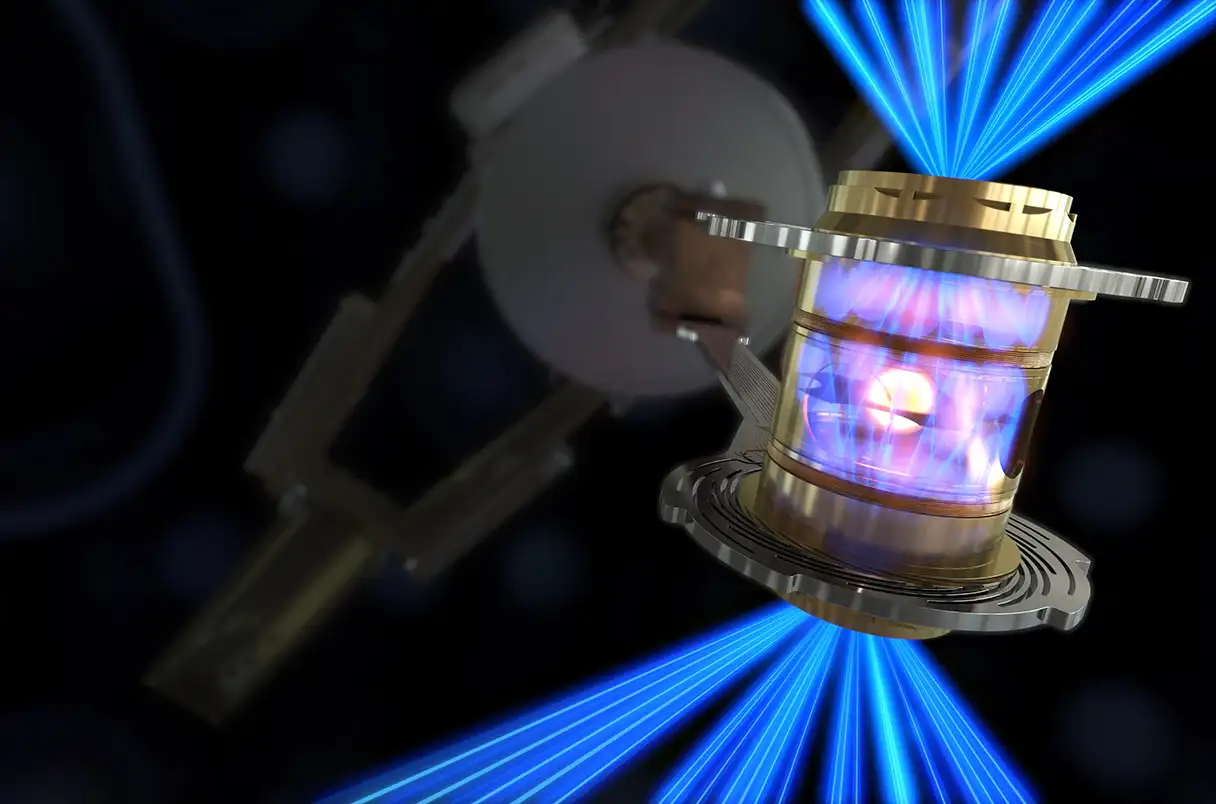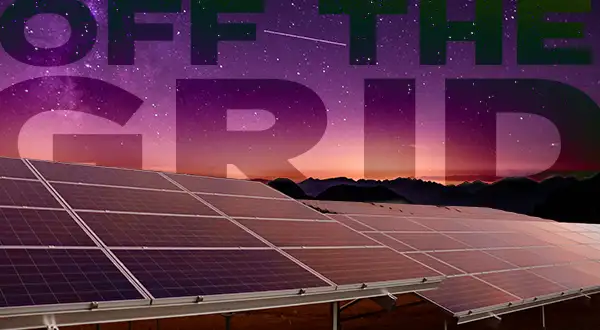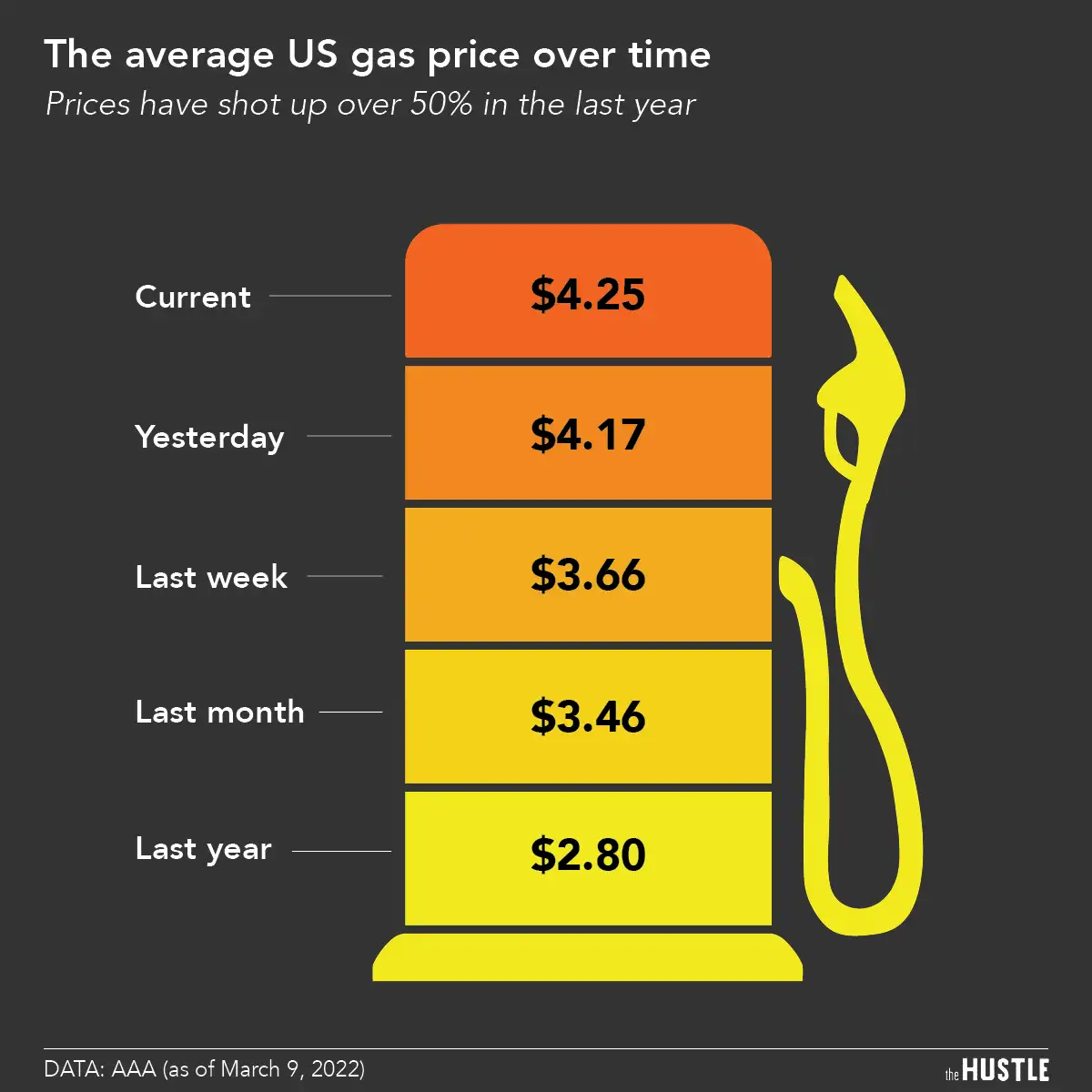Close your eyes and imagine every single person in America rocketing from 0-60 in a super sweet electric vehicle.
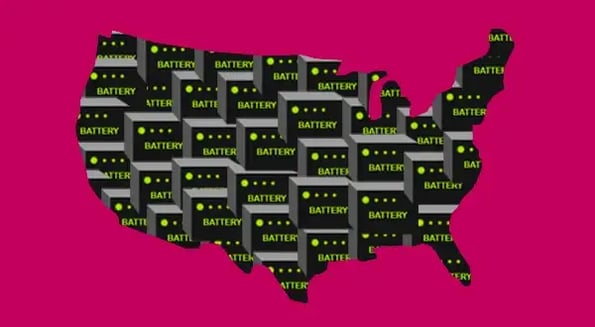
That reality may not be too far off: US EV sales are projected to make up 10% of the American market by 2025, up from 2% today.
But before it happens, the US has a lot of ground to cover in the production of the tech that makes EVs possible: lithium-ion batteries.
At the moment, most batteries come from China
Historically, North America has relied on importing EV batteries —
and per the WSJ, China pretty much owns the industry from start to finish. The country controls:
- Chemical processing: lithium (57% share of total worldwide production) and graphite (100%)
- Anode/cathode production: anode (86%) and cathode (70%)
- Manufacturing: battery cells (75%)
Industry execs say if the US wants its tech to keep up and costs to stay down, it’ll have to produce more batteries stateside.
So the public and private sectors are working together
In a bid to “slash the price of electric cars,” President Biden recently pledged to invest $5B in battery tech over the next 5 years.
On the other end, industry giants LG Chem, SK Innovation, and (of course) Tesla are leading a private-sector push.
This public-private funding tag team is expected to increase US EV battery production by 600% through 2030.
Enter a lineup of super-charged battery startups
All of this talk has spurred some movement among the major players in the space:
- Romeo Power went public last year.
- Lithium Americas recently sold $400m in stock to finance a battery project in Nevada.
- Novonix — an Australian company with a factory in Tennessee — has plans to make 25k tons of synthetic graphite in 2025, up from 500 tons this year.
- Sila Nanotechnologies, valued at $3.3B, has plans to make a silicon-based anode factory to supply EVs with batteries starting in 2025.
At this rate, America can be in charge (sorry) of its own battery destiny.

